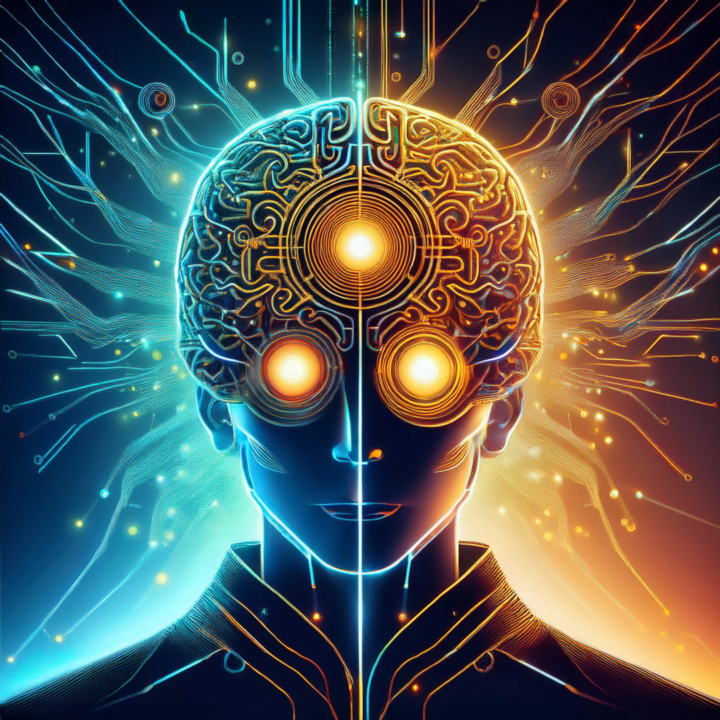This week marked a historic moment for Artificial Intelligence (AI), with two Nobel Prizes awarded in Physics and Chemistry.

Former Google researcher Geoffrey Hinton and alongside U.S. scientist John Hopfield received the Physics Prize for their foundational work in Machine Learning. Demis Hassabis – co-founder of Google’s AI unit DeepMind – and colleague John Jumper won the Chemistry Prize for their AlphaFold project, which revolutionized protein structure prediction.
Most significantly, one of this awards marks the first time that a Neurosymbolic AI
approach – a hybrid model that combines Neural Networks with classical AI’s Symbolic reasoning –, has been explicitly recognized at the Nobel level.
The awards signal a shift in AI thinking and may highlight the future direction for the field.
Let us review why.
Why the AI awards in Physics and Chemistry
Simply because the current list of Nobel categories don’t include Computer Science or AI. However, the committee found ways to recognize its impact.
The Nobel categories, established in 1895, primarily cover traditional fields like Physics,Chemistry, Physiology or Medicine, Literature, Peace. Even the Economics Prize is a later 1968 addition established with the support of the Swedish central bank.
The super fast pace advancements in Computer Science and AI simply make it hard to recognize advancements in such continuously evolving disciplines like. However, should not be long before Computer Science or AI have their own Nobel category and prize.
The controversy around the awards to Geoffrey Hinton
On the physics side, Geoffrey Hinton, along with John Hopfield, received recognition for their foundational work in Machine Learning. The Nobel committee understood that their contribution in Neural Network models laid the groundwork for much of the Deep Learning revolution we are witnessing today.
While Hinton’s contributions are well-respected and he has been at the fore front of Machine Learning field for years, even when nobody believed it could yield any relevant progress, the Nobel citation has raised eyebrows.
In short, it credited him with the development of backpropagation, a method of training Neural Networks. However, this method was pioneered by Paul Werbos, who developed backpropagation into its modern form, providing clear examples as part of his 1974 PhD Thesis, a detail the AI community was quick to point out.
While Hinton has undeniably made significant contributions to Machine Learning, the specifics of what he won the prize for and how it relates to advancements in physics remain unclear.
This ambiguity may lead to ongoing discussions and questions about the legitimacy of this award for years to come.
The 1st Nobel Prize to Neuro-Symbolic
The Chemistry award went to DeepMind’s Dems Hassabis and John Jumper, as well as biochemist David Baker, for their contributions to AlphaFold – an AI system that predicts protein folding, a crucial biological process.
AlphaFold is notable for its hybrid design, integrating Neural Networks with Symbolic reasoning, making it a prime example of Neuro-Symbolic AI.
Hassabis and Jumper’s work on AlphaFold does not rely solely on Deep Learning to predict the structure of proteins. Instead, it uses a combination of custom-built Neural Networks embedded within a Symbolic AI framework. This blending of two methods has resulted in a tool that is widely used by biologists, helping to solve one of the most challenging problems in the life sciences.
This recognition reflects a growing awareness that combining Machine Learning’s raw computational power with classical AI’s interpretability and logic may be the best path forward for solving complex problems.
Why Neuro-Symbolic AI Matters
Neuro-Symbolic AI represents a more structured approach to problem-solving than purely data-driven methods like Neural Networks part of all GenAI systems. While Neural Networks have succeeded in pattern recognition, production of grammatically correct language, and image processing, they struggle with reasoning, transparency, and reliability – qualities that Symbolic AI has traditionally excelled at. AlphaFold’s success demonstrates the power of combining both approaches.
Neuro-Symbolic AI, provides a pathway to more robust, explainable, and energy-eCicient AI systems. This is particularly important at a time when Large Language Models (LLMs), are drawing criticism for their opaqueness, unreliability, and massive consumption of resources such as electricity and data.
Leave a Reply